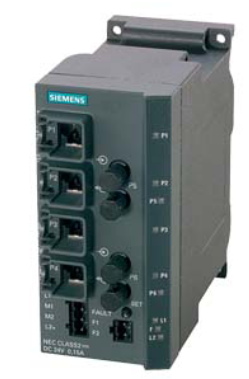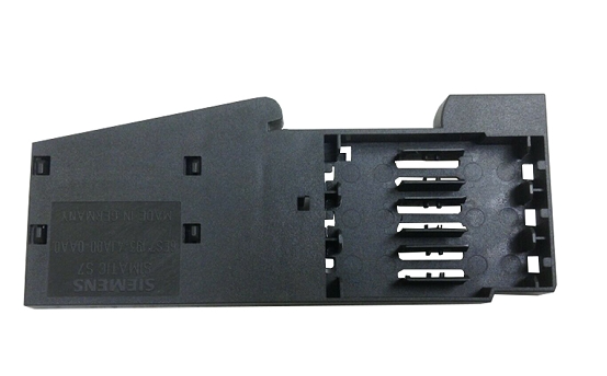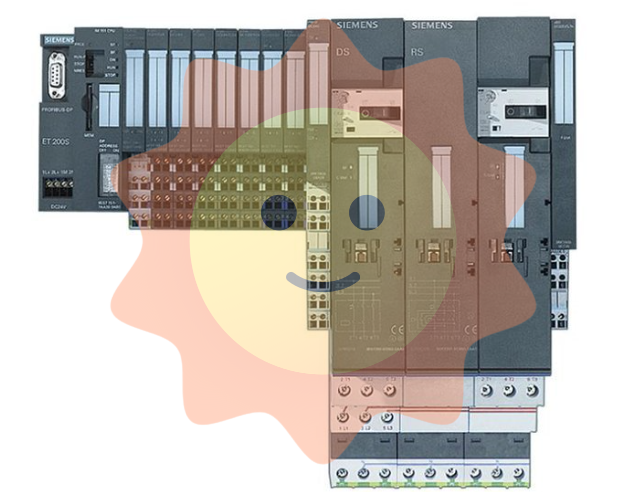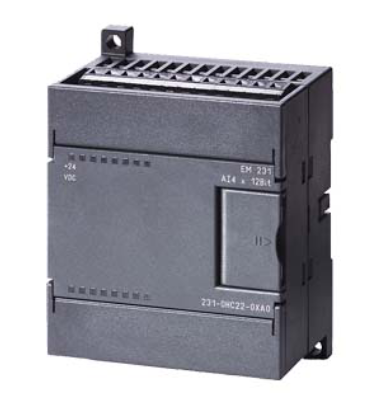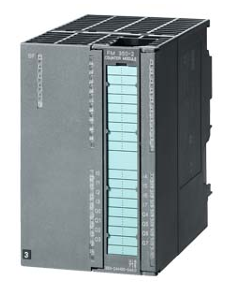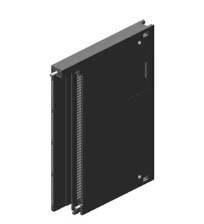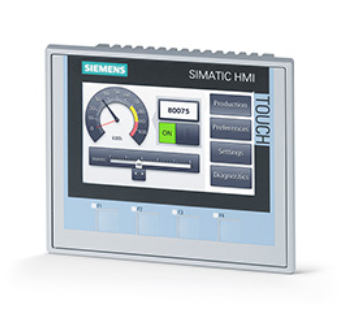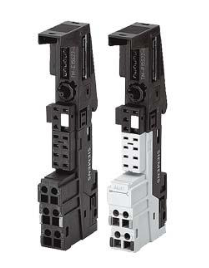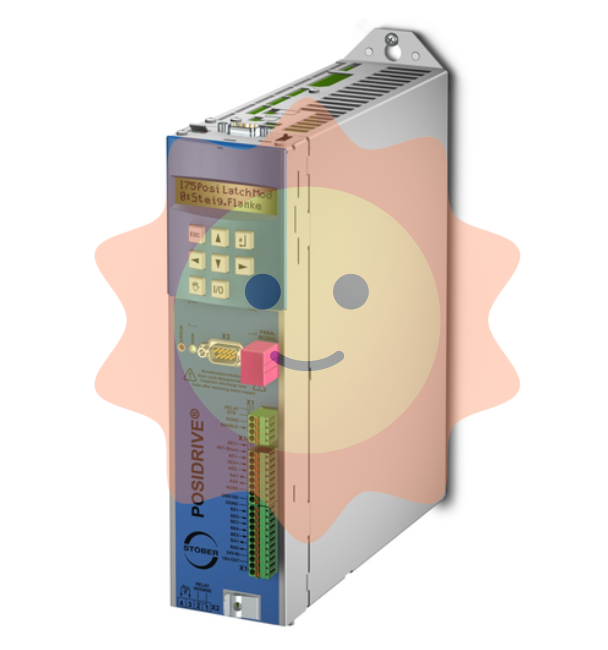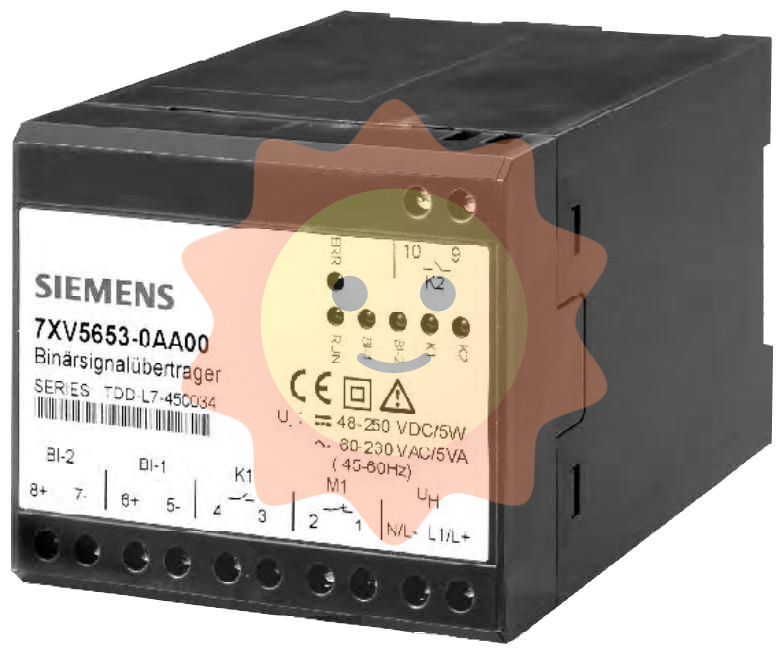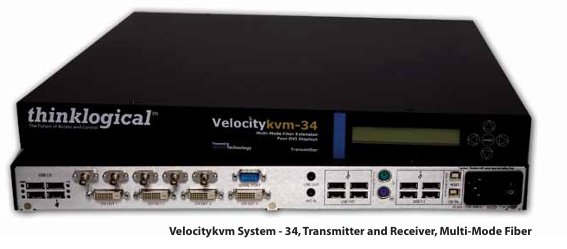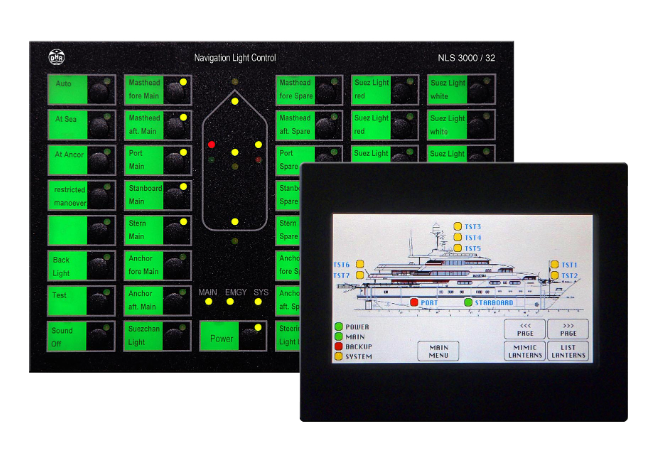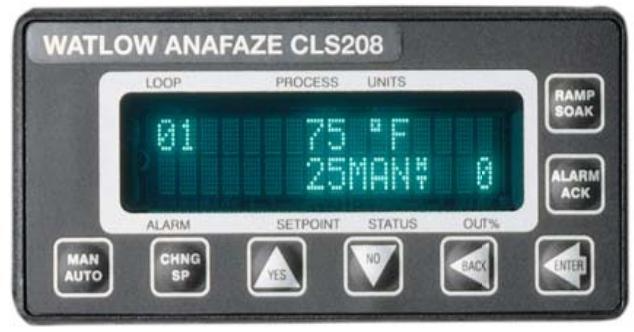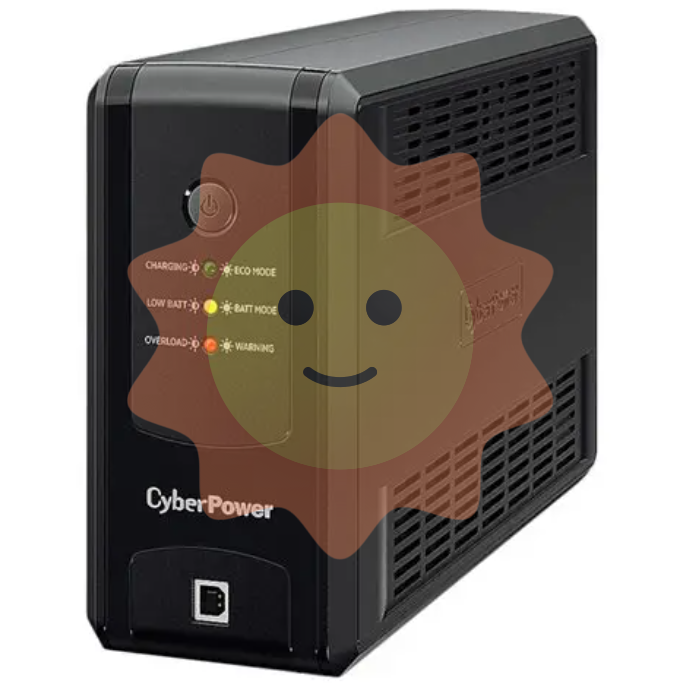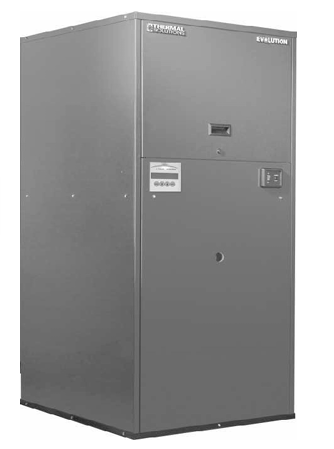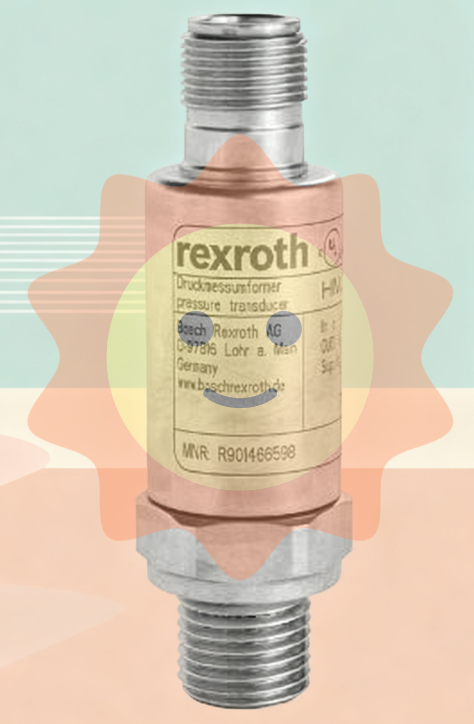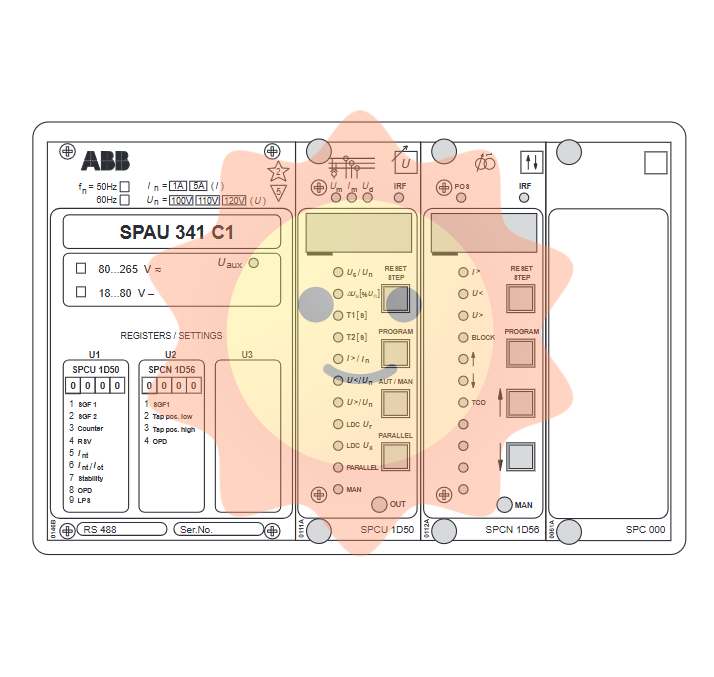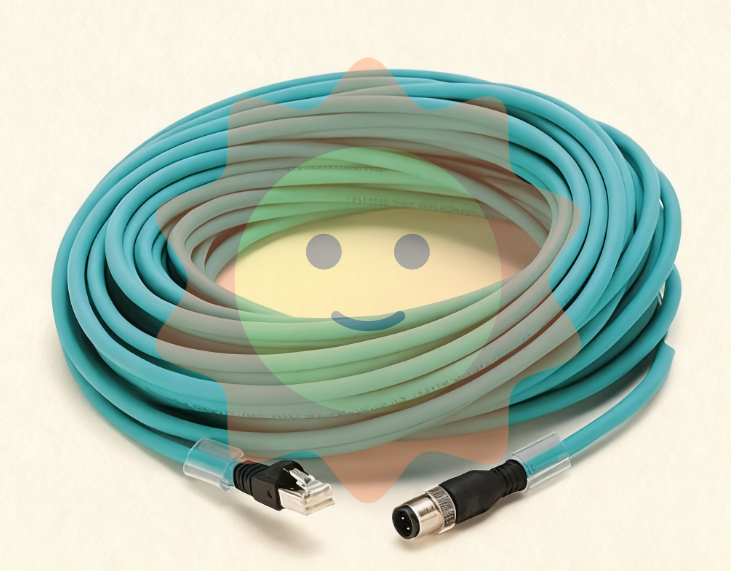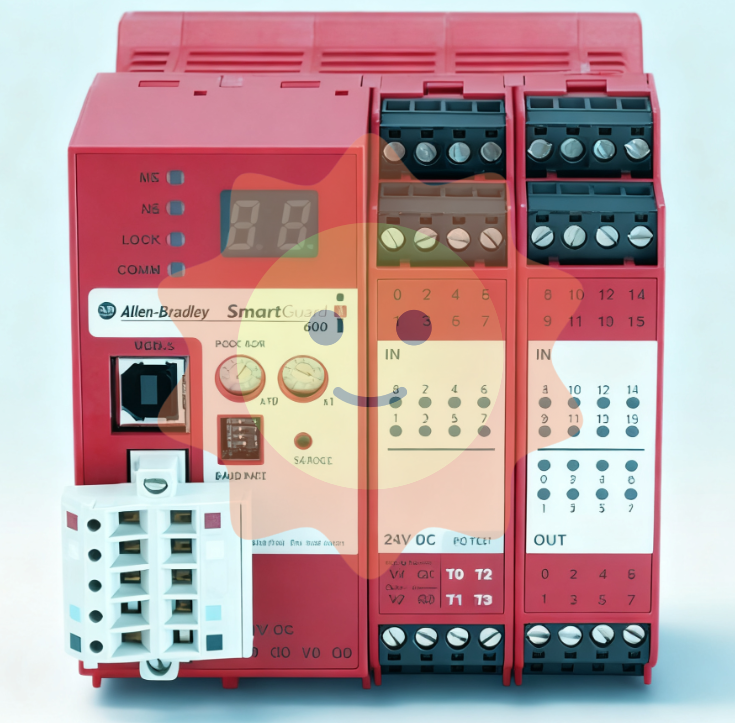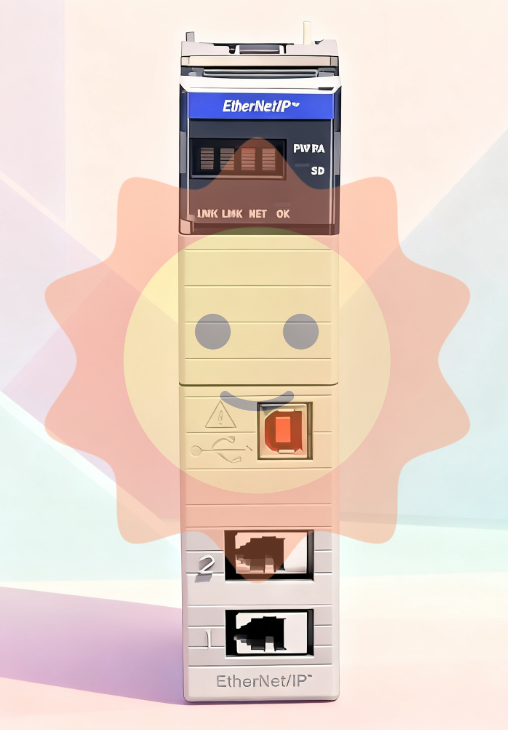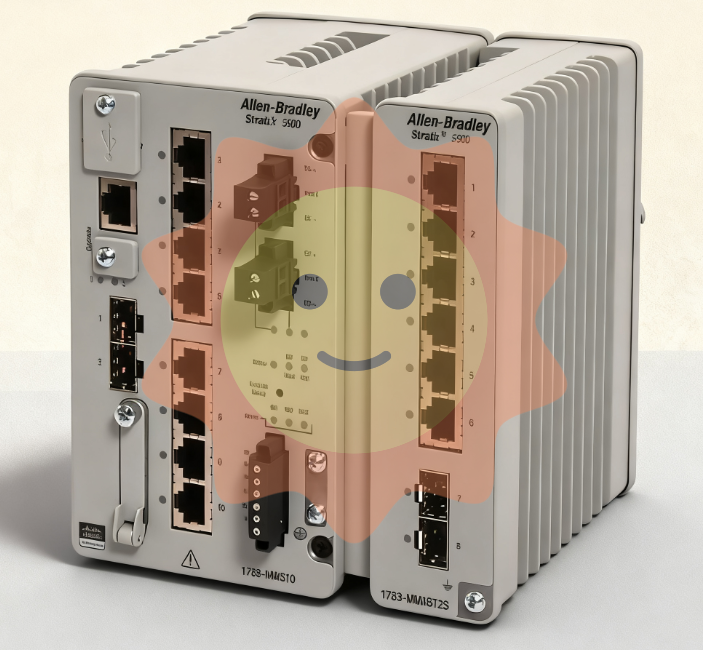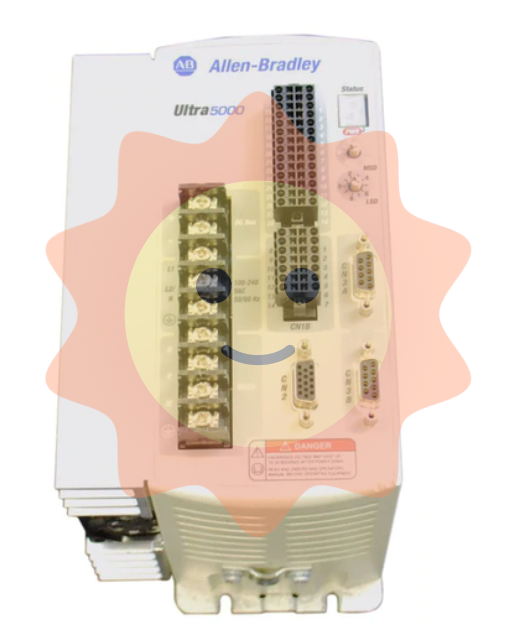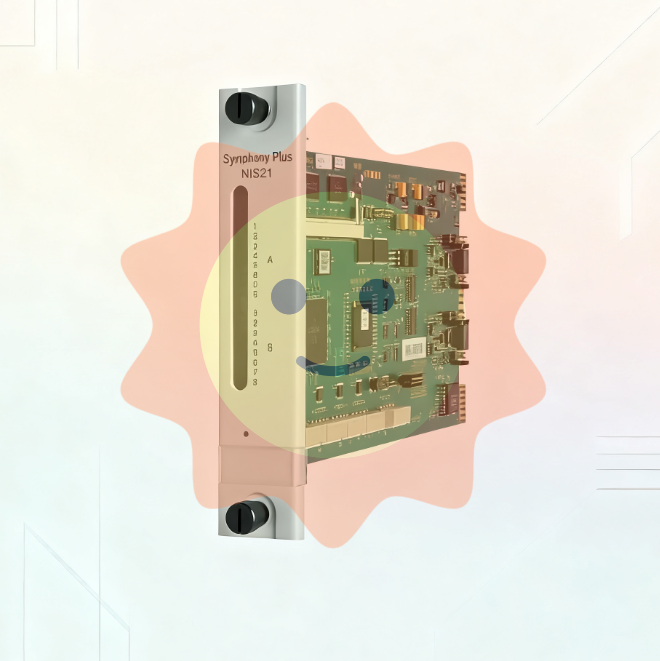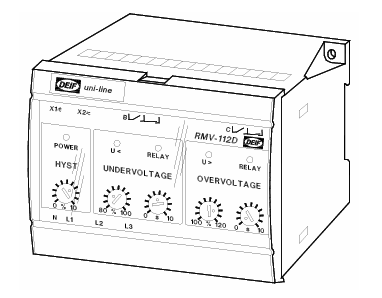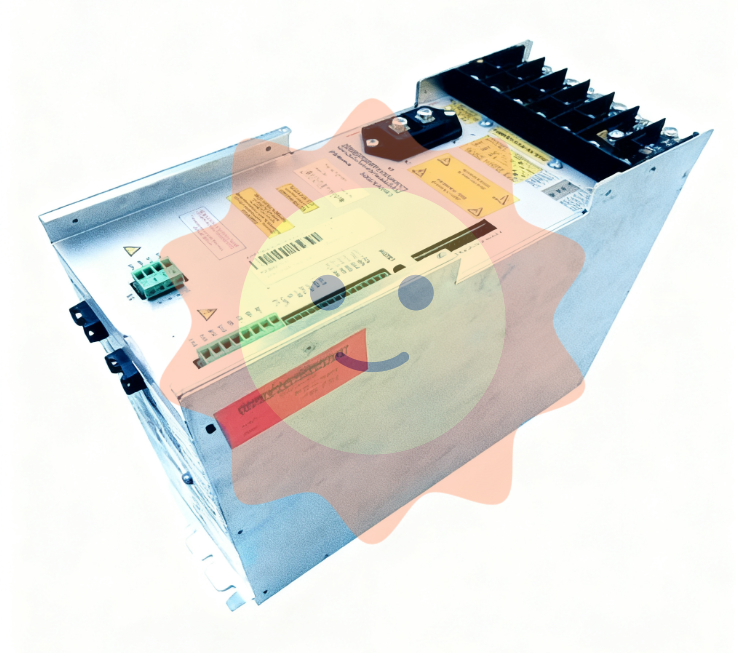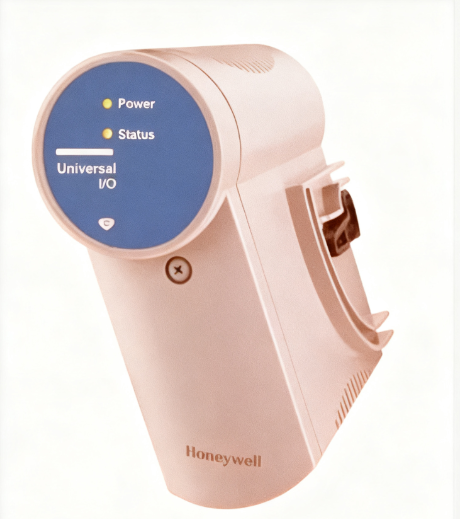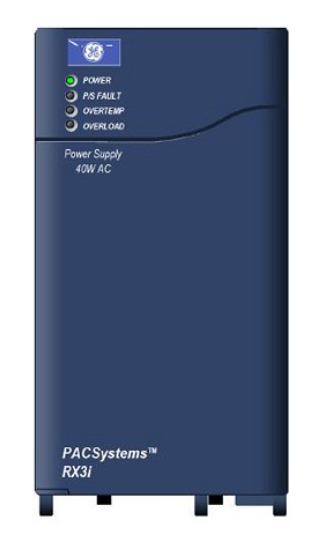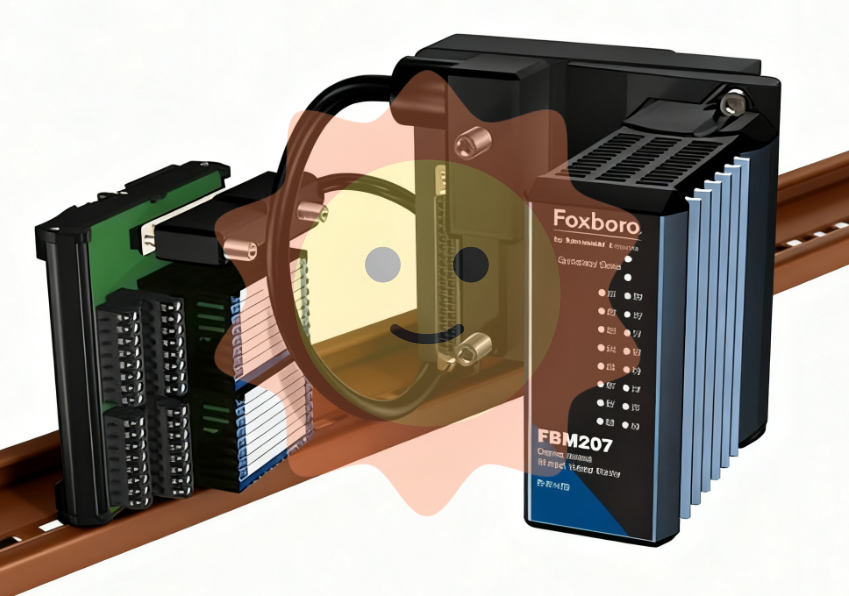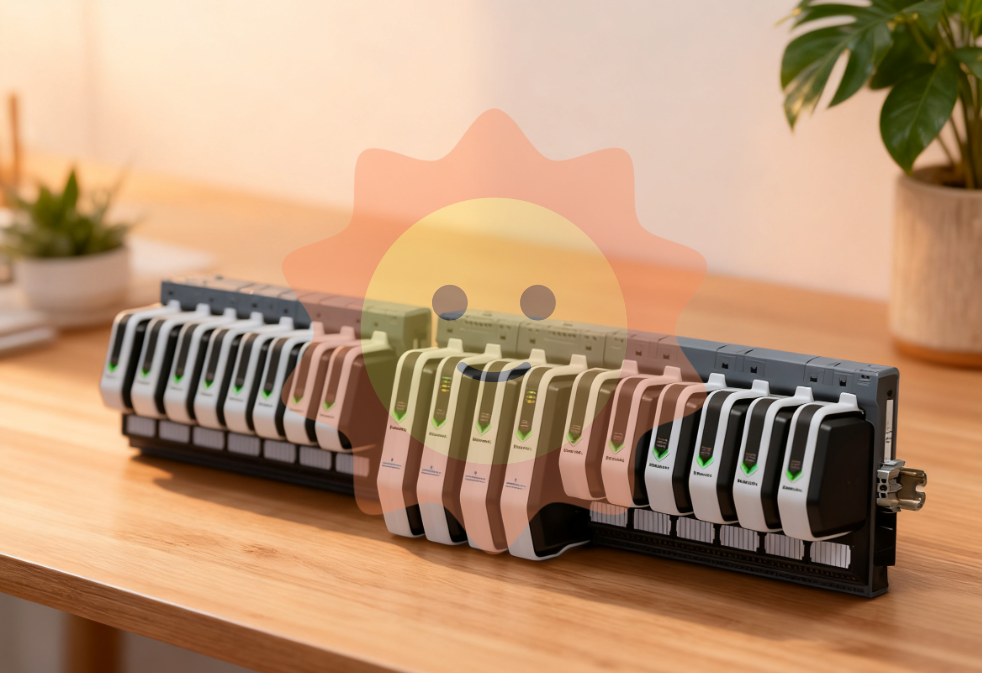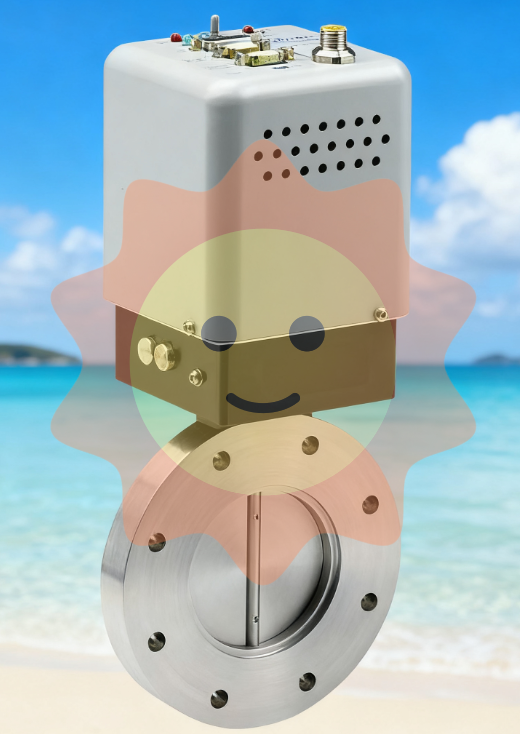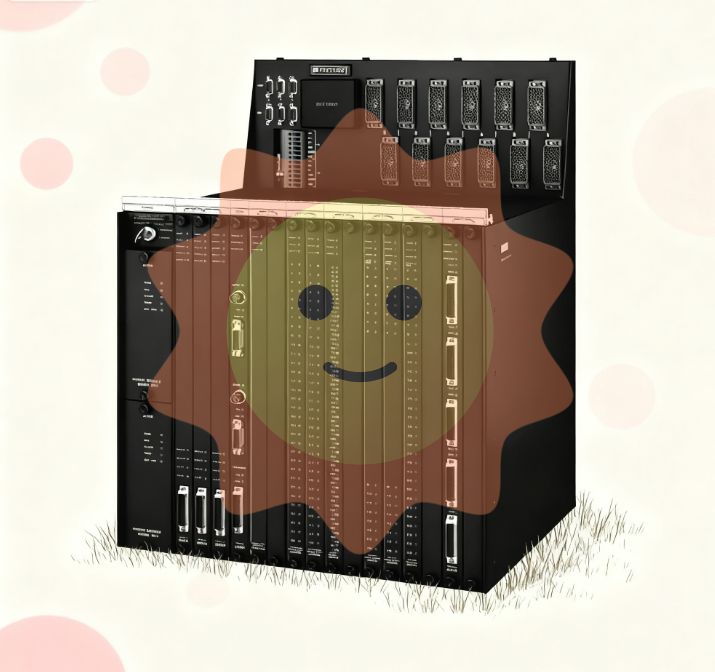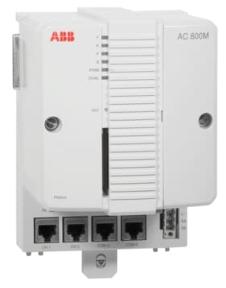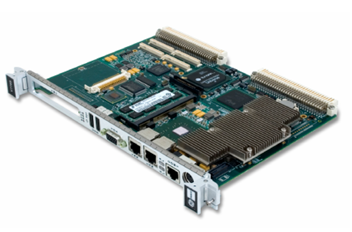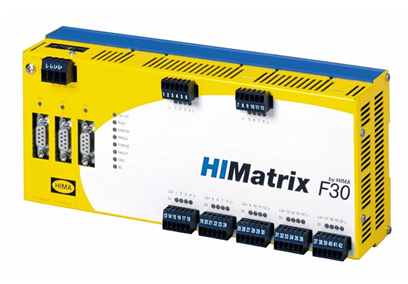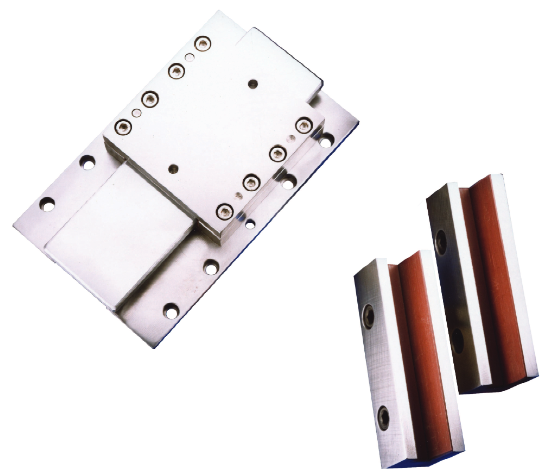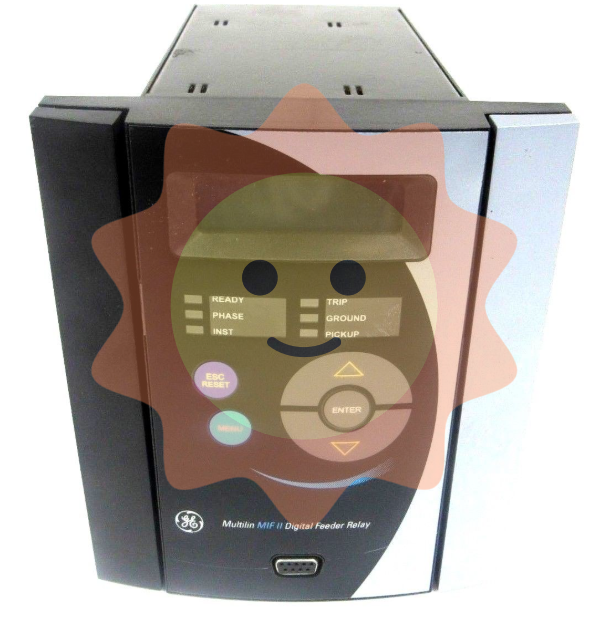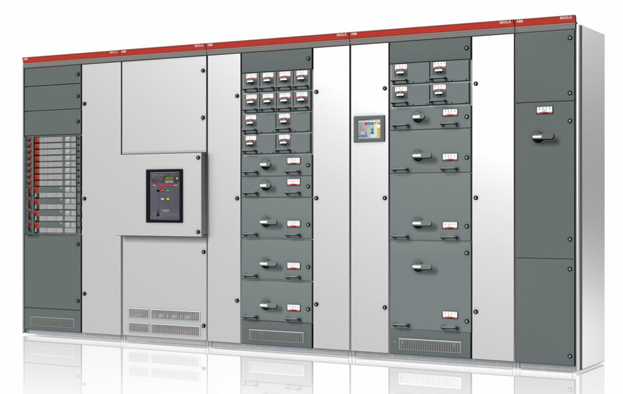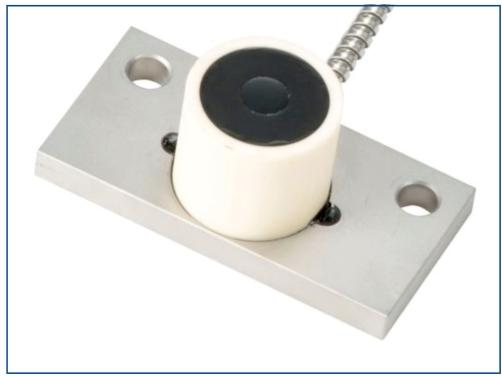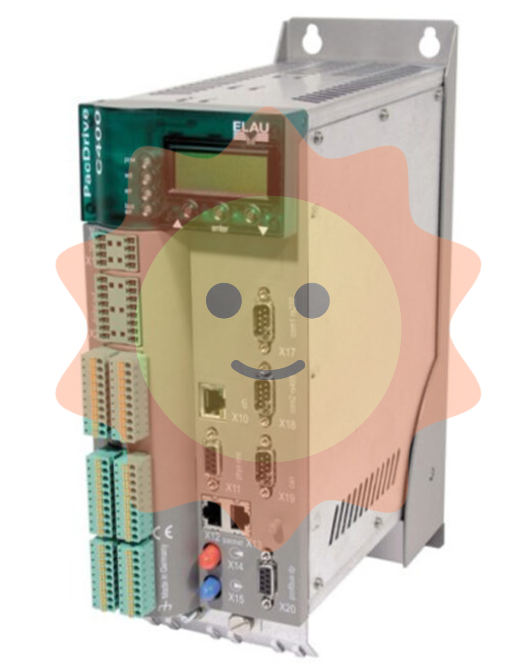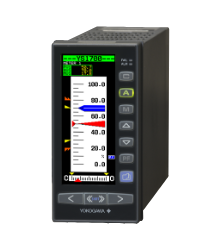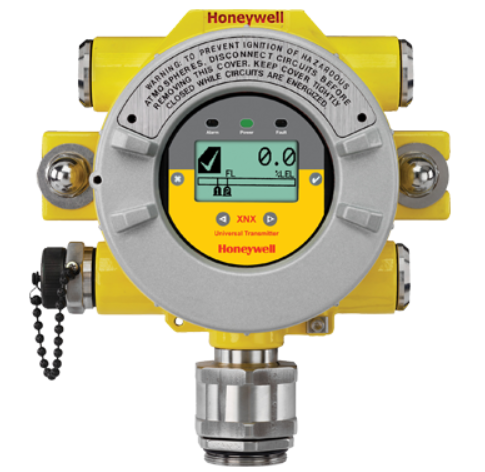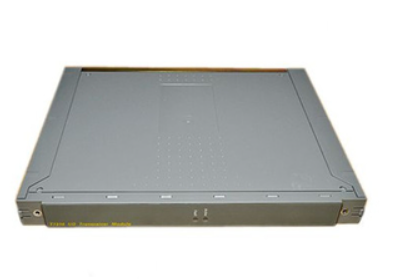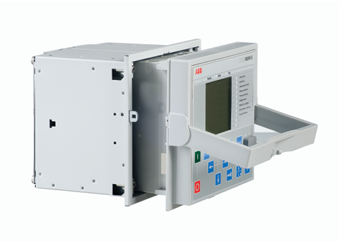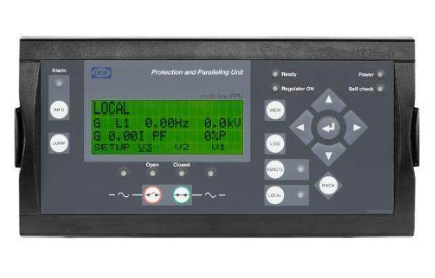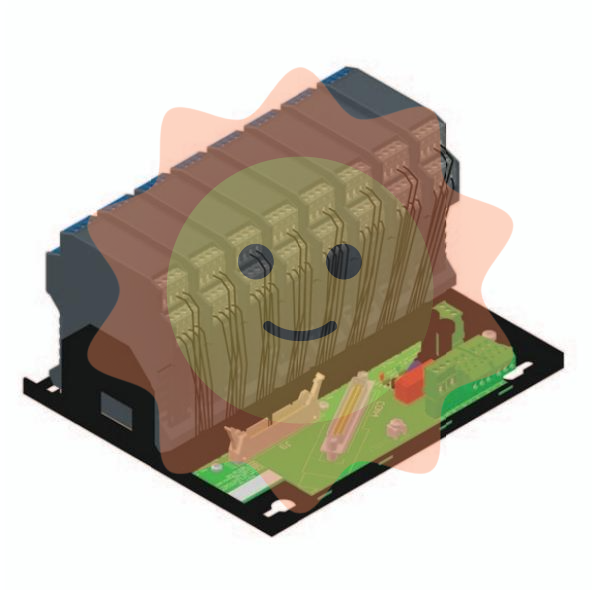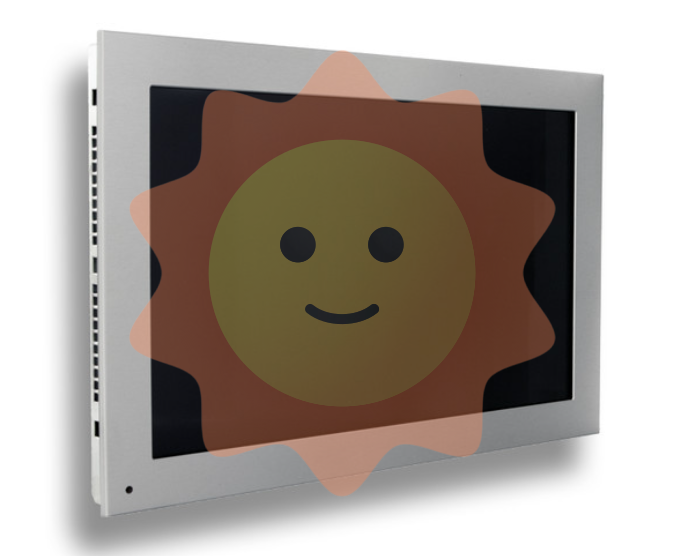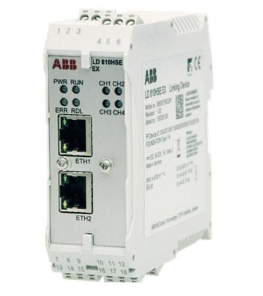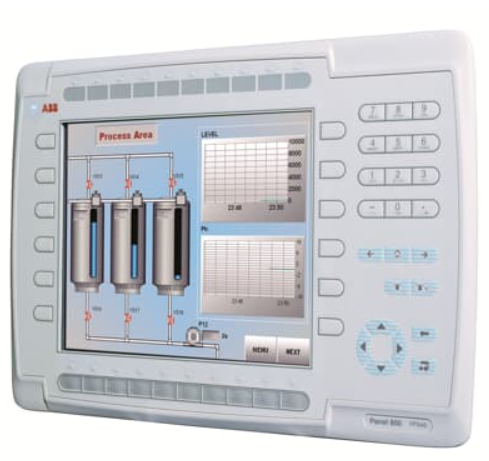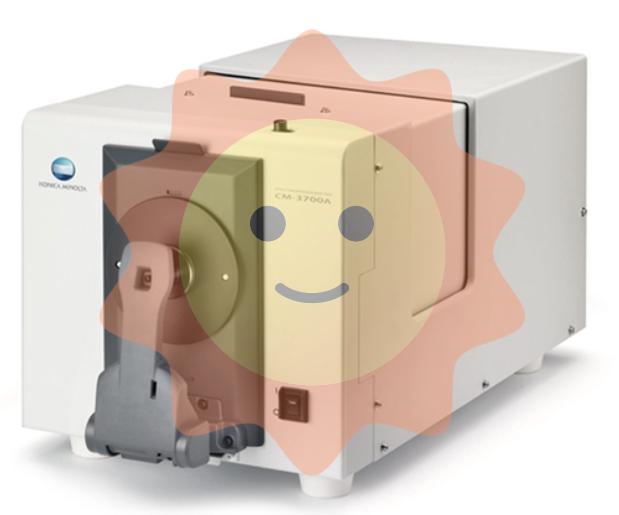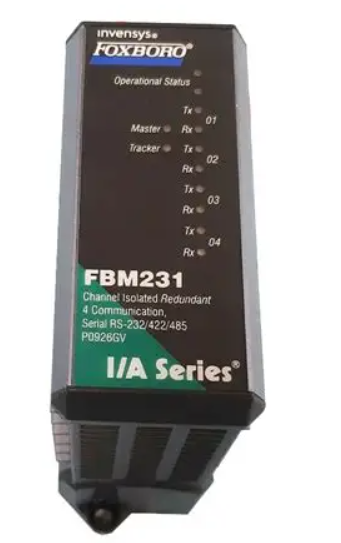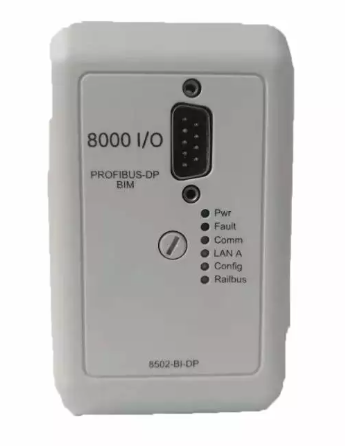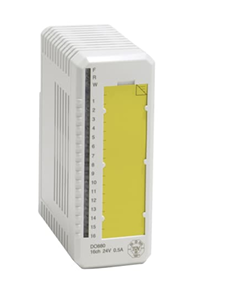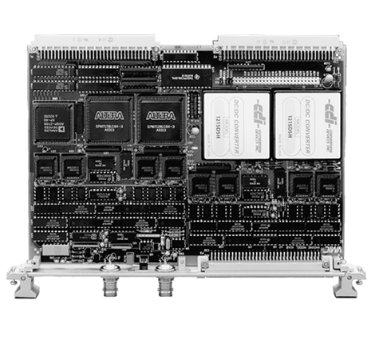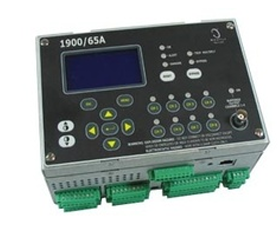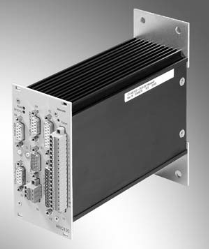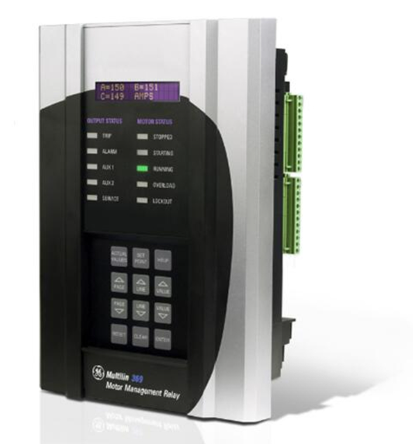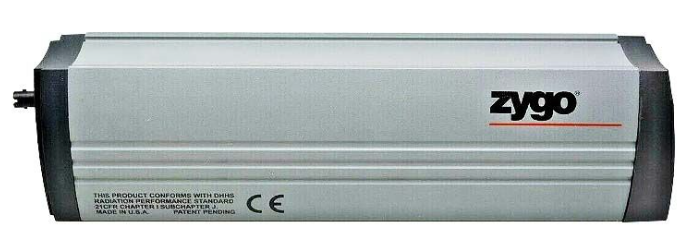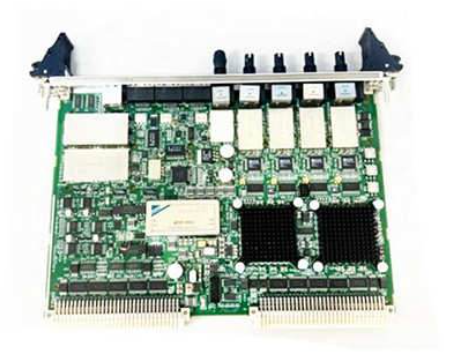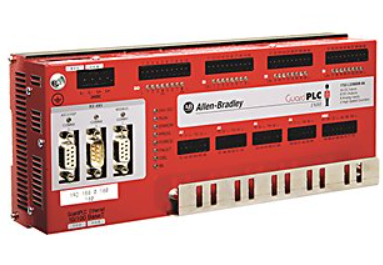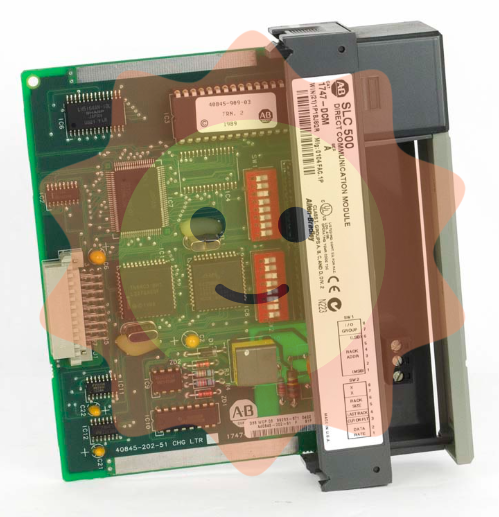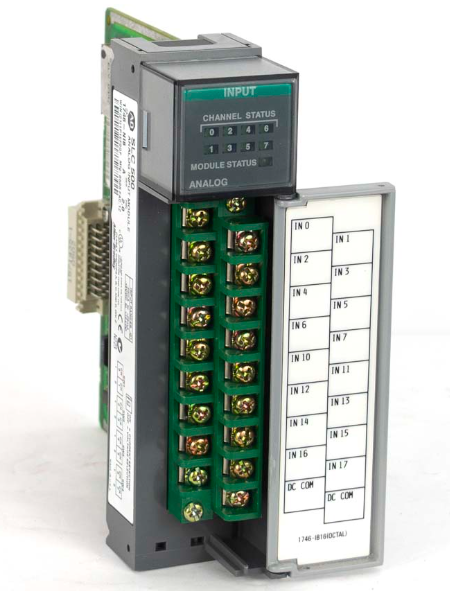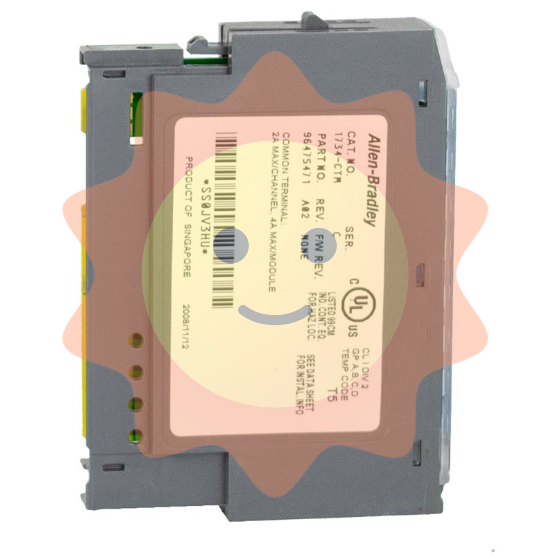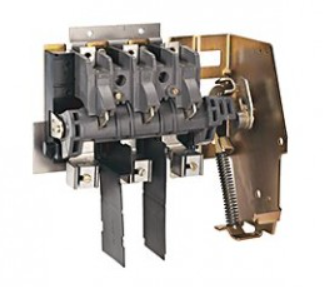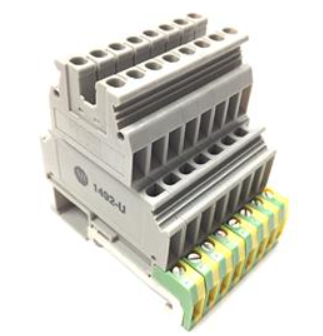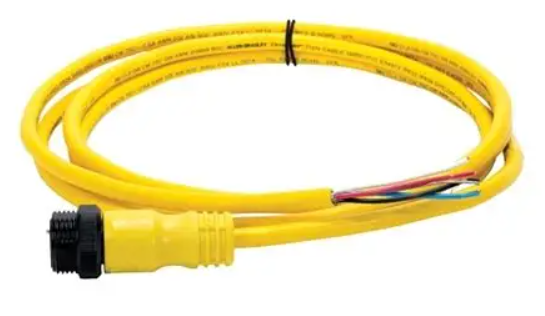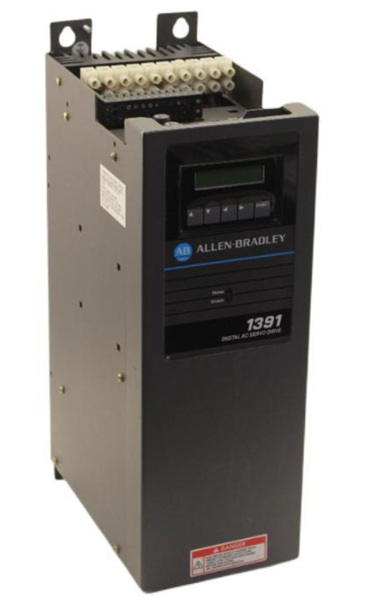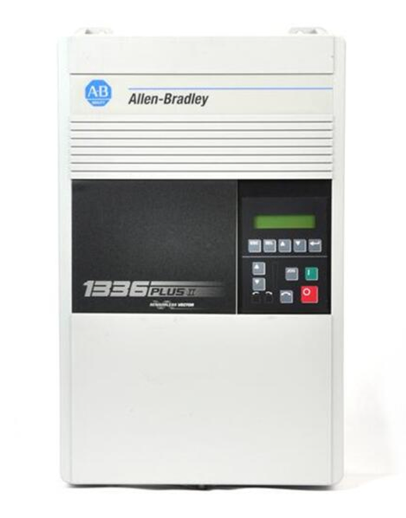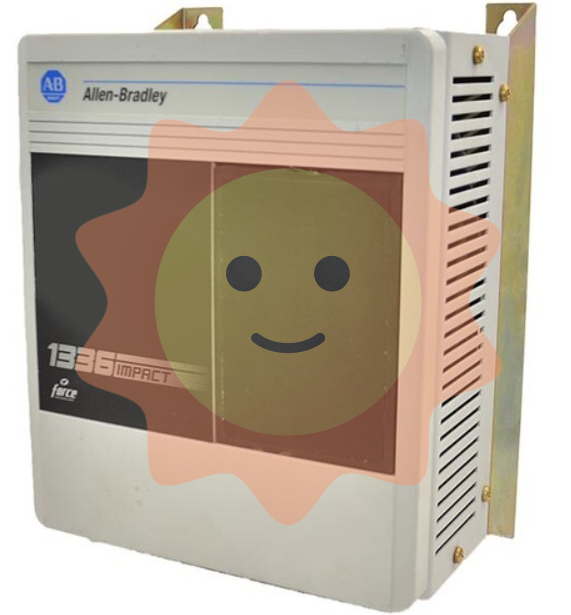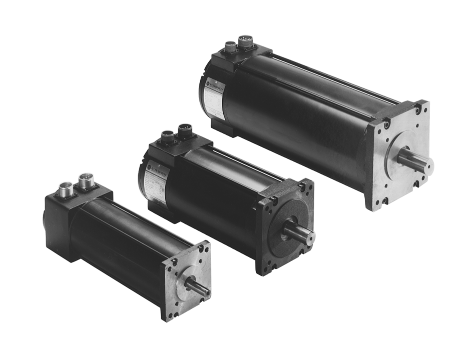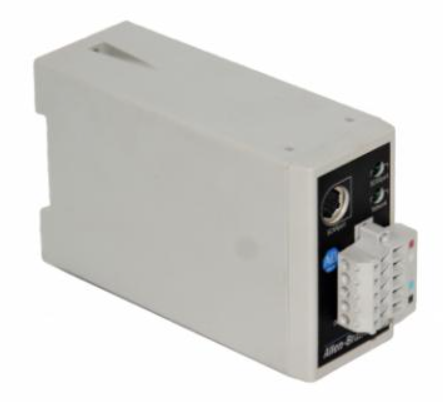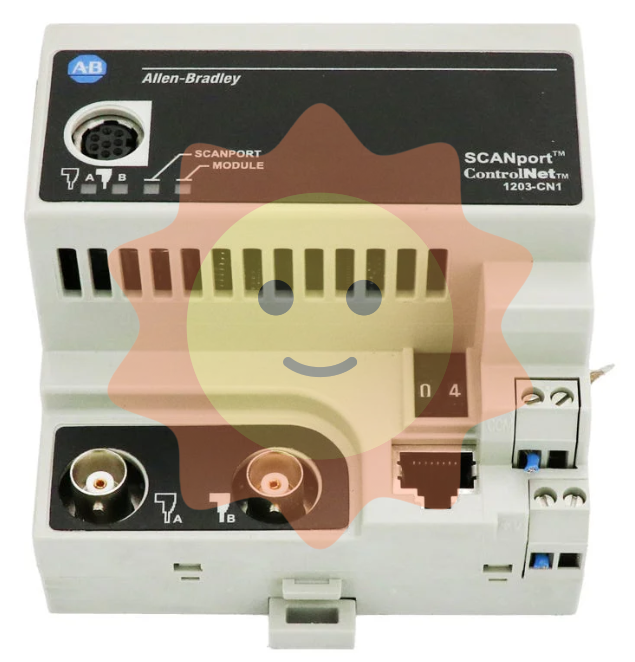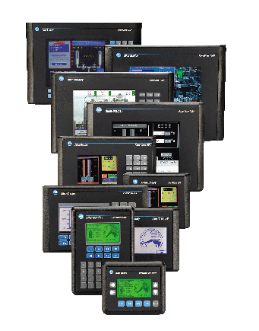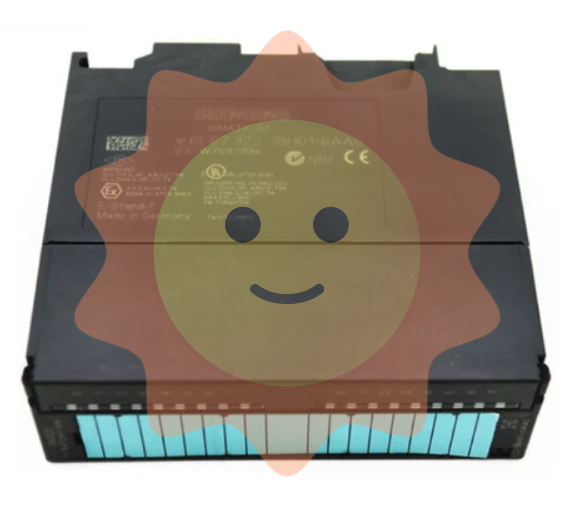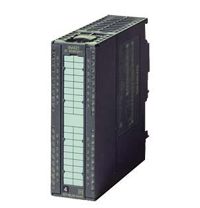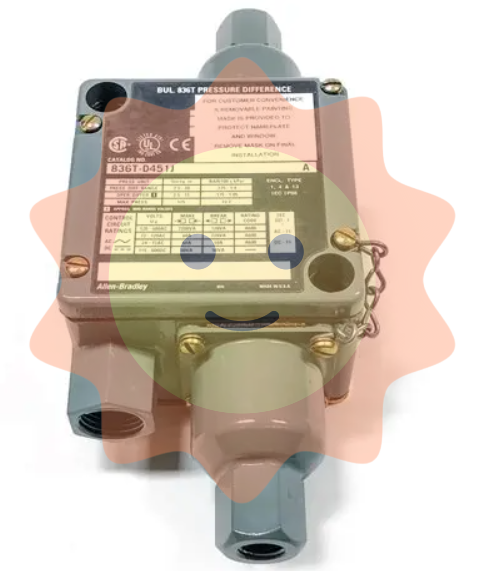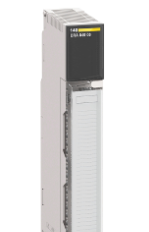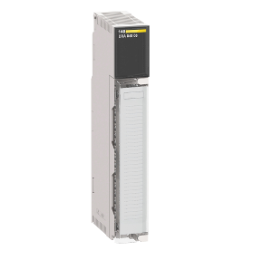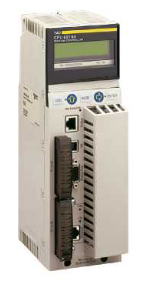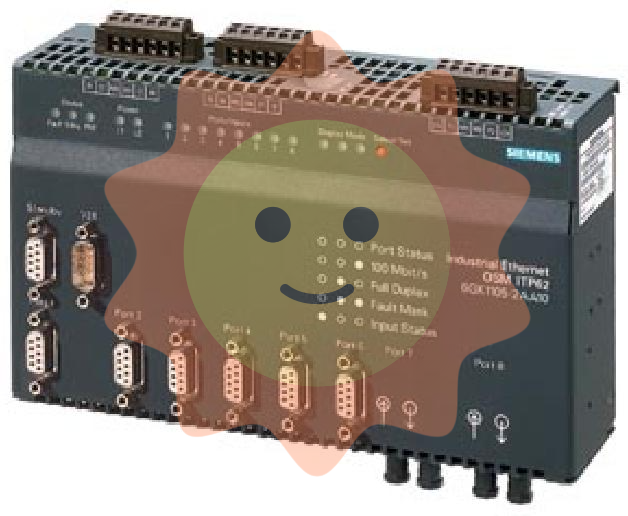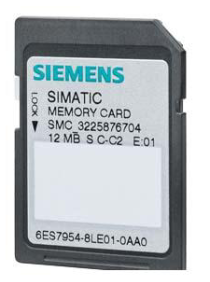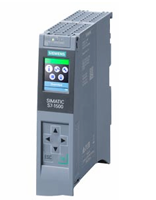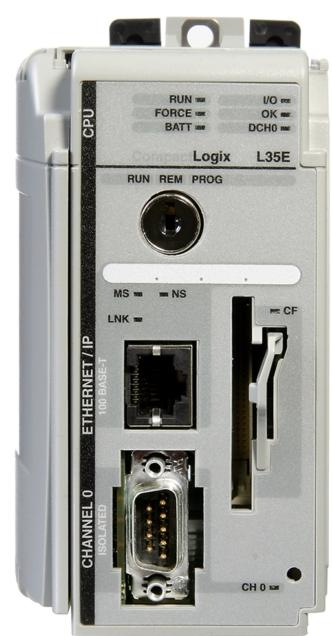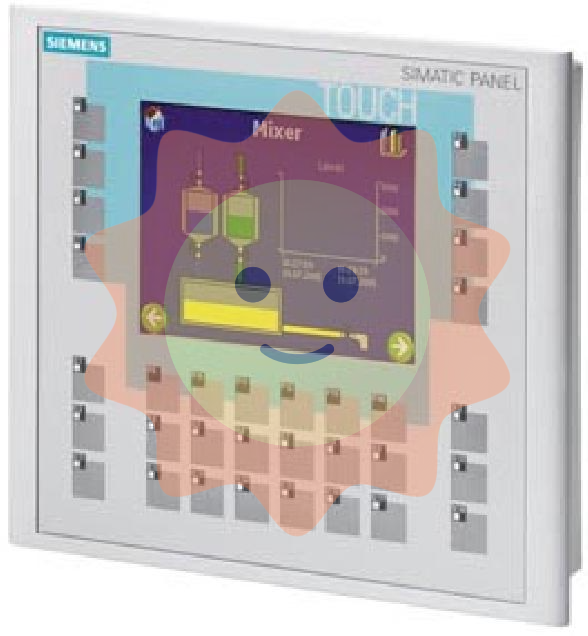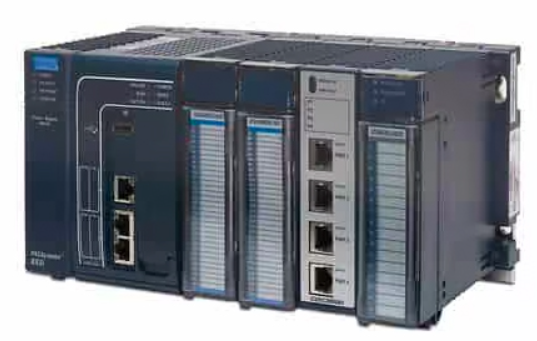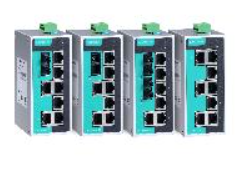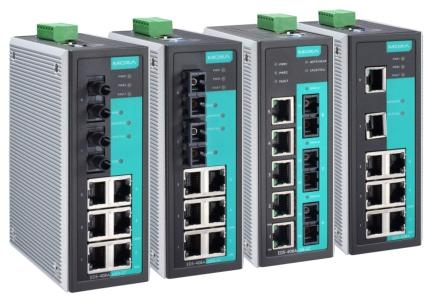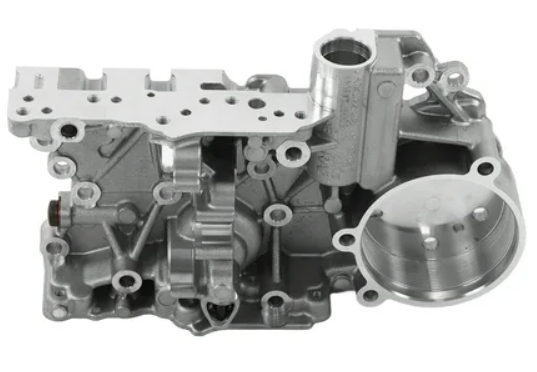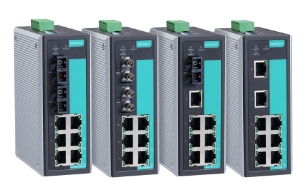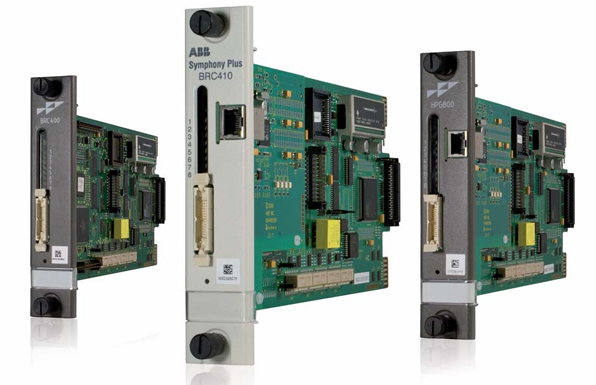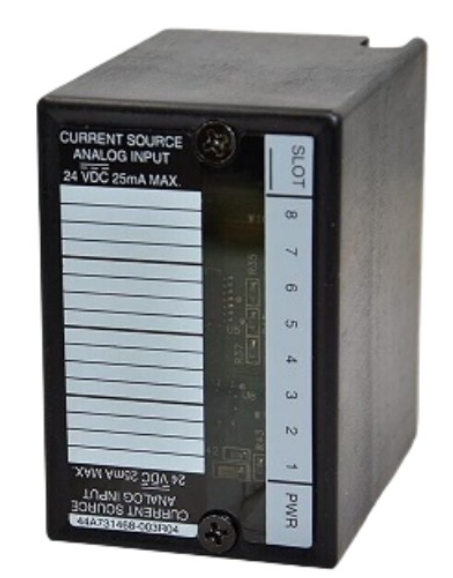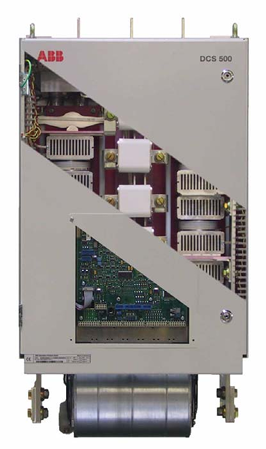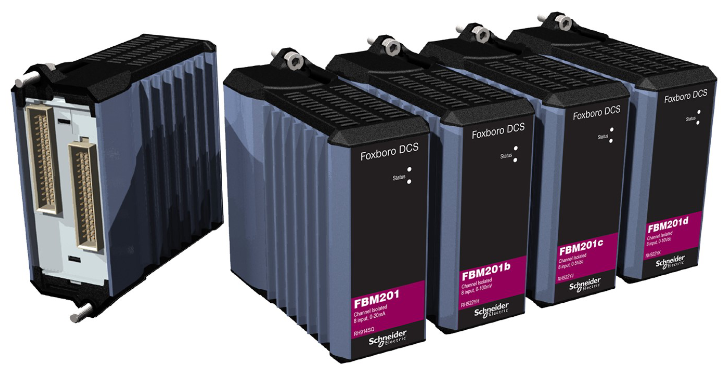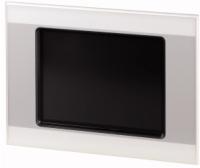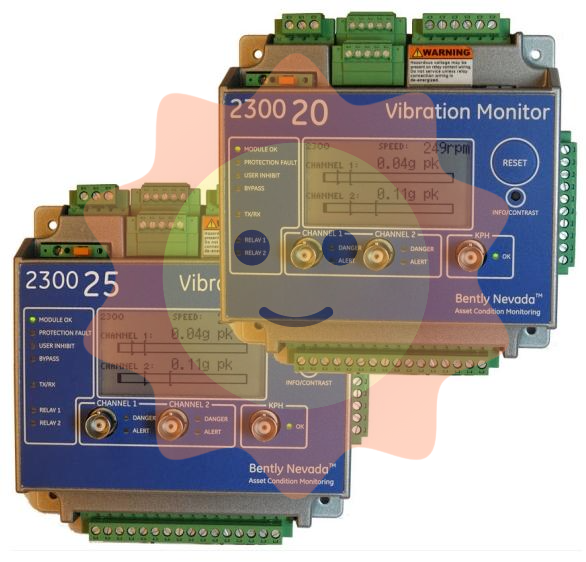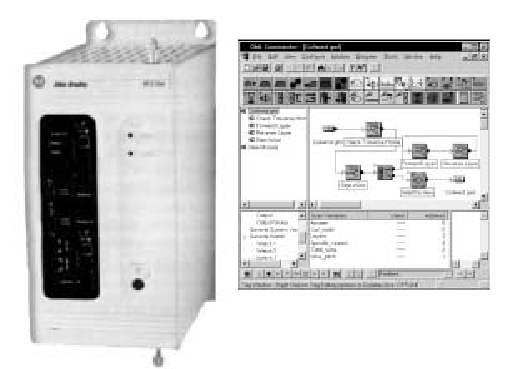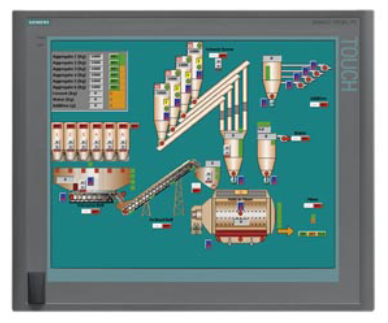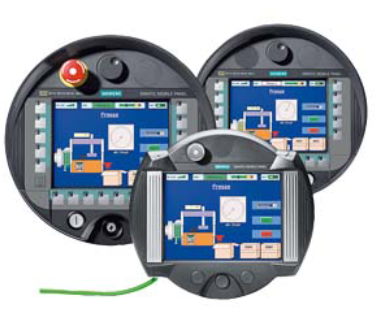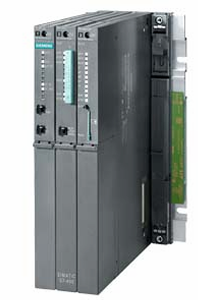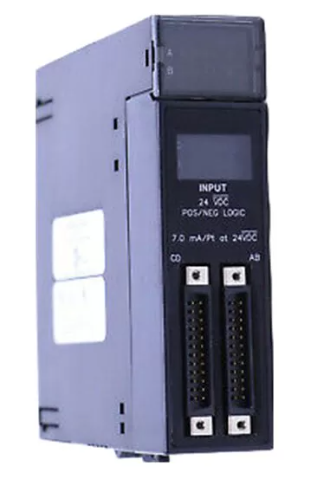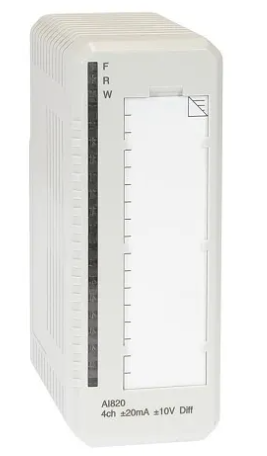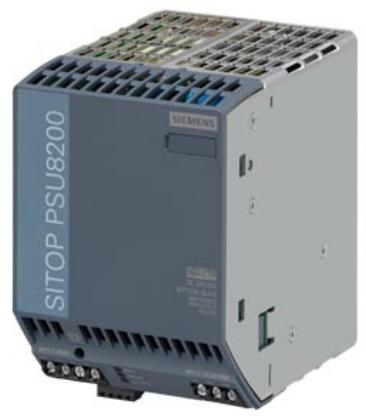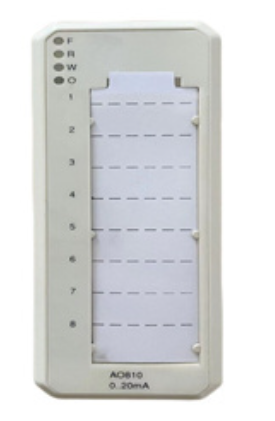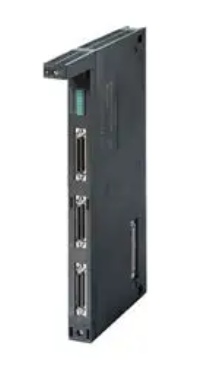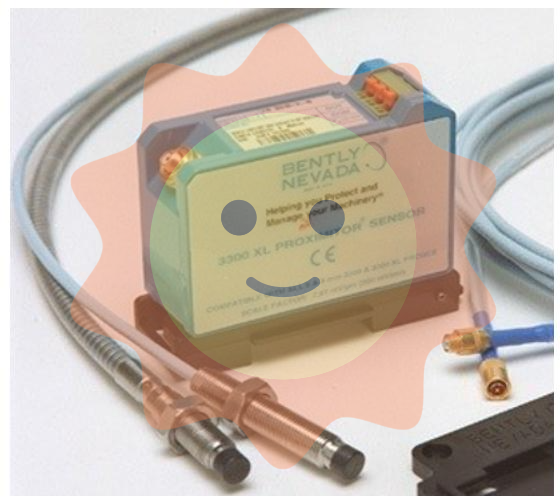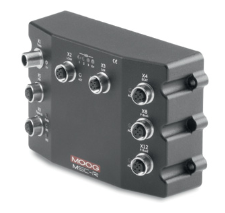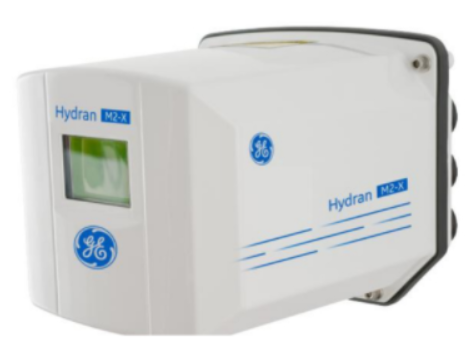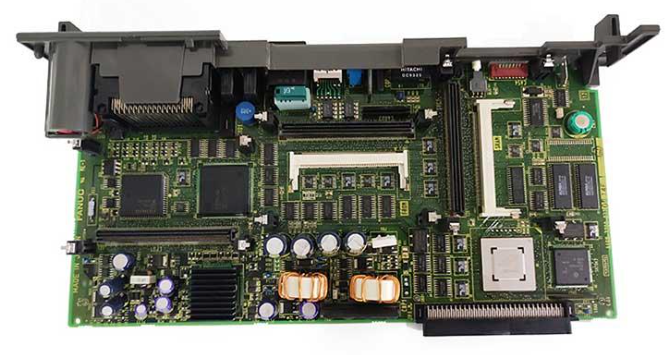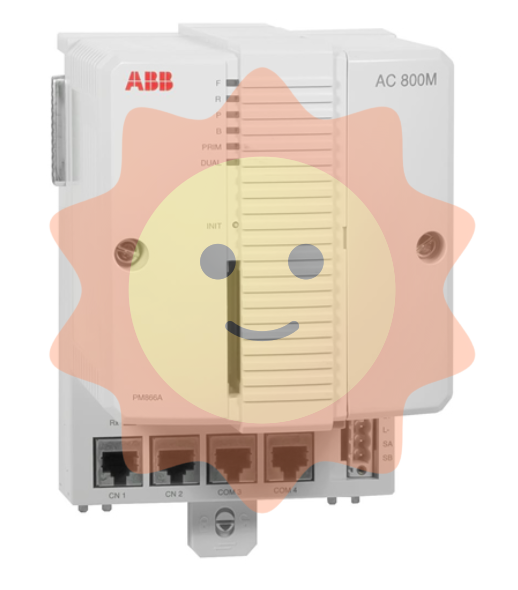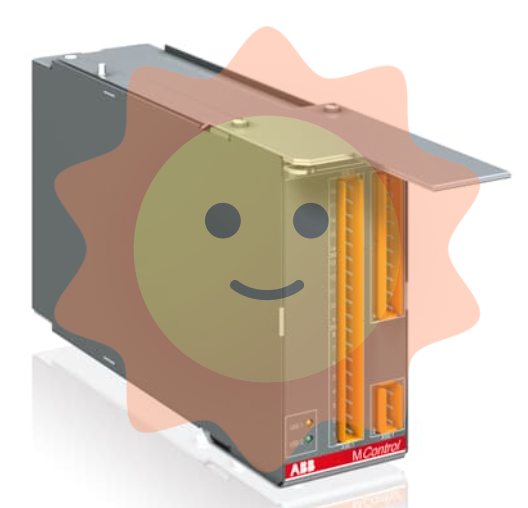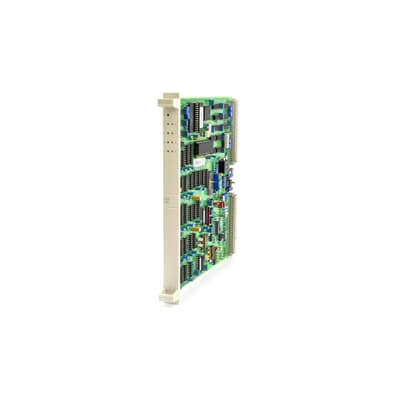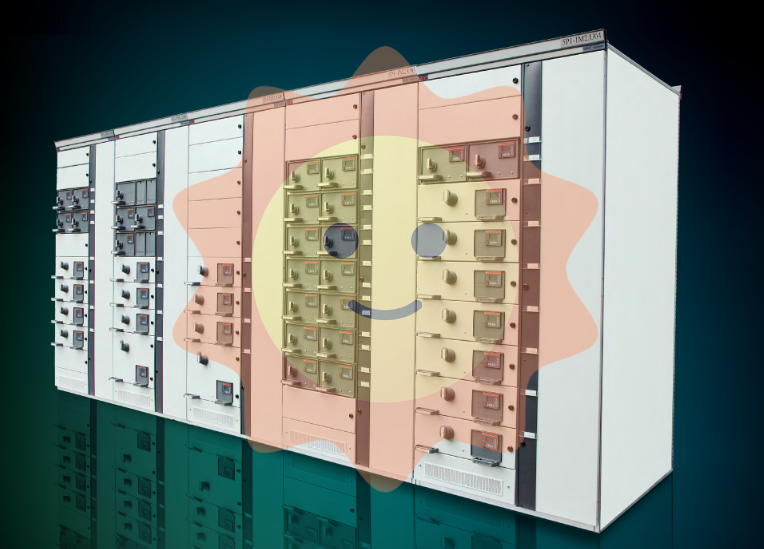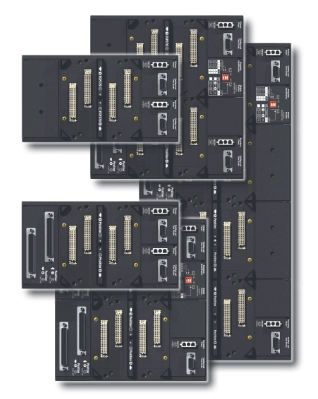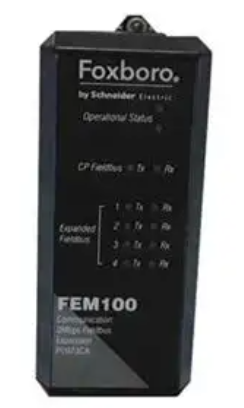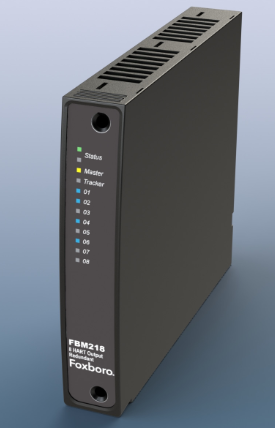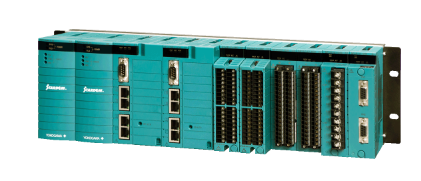ABB P-HB-DOT-1200C100 DOT120 Termination Base
Basic Information
Model: P - HB - DOT - 1200C100.
Name: DOT120 Termination Base, is a termination base used to perform signal termination and connection functions in specific industrial automation systems or electrical equipment connections.
Functional features
Signal termination and optimisation
Signal Termination Function: In the terminal position of the signal transmission line, its main function is to effectively terminate the signal and prevent signal reflection. In environments where high-speed signals are transmitted, signal reflections may cause signal distortion and interference with other normal signals. This termination base safeguards the integrity and accuracy of the signal transmission by providing proper impedance matching to ensure that the signal is correctly absorbed as it is transmitted to the termination.
Signal Optimisation Processing: enables a certain degree of signal optimisation, including filtering, shaping and other operations. For example, for some digital signals that have been interfered with and produced burrs, it can remove these burrs through the internal filtering circuit, so that the output signals are cleaner, more stable and more in line with the reception requirements of the subsequent equipment.
Equipment Connection Convenience
Multiple Interface Types: Equipped with multiple types of interfaces to meet the connection needs of different devices. Common interfaces include screw terminal interface and plug-in interface. Screw terminal interface can be firmly connected to the wire, suitable for high-power devices that require long-term stable connection, such as motors, heaters, etc.; plug-in interface is convenient and fast, suitable for connecting some small devices that need to be frequently replaced or debugged, such as sensors.
Interface expandability: provides a certain interface expansion capability, so that users can easily add new devices or adjust the existing connection. For example, in an industrial site, if a new sensor needs to be added to monitor additional parameters, the interface expandability of the terminal base allows the sensor to be easily connected to the system without the need for a large-scale modification of the entire system.
Protection and Reliability
Overcurrent protection mechanism: A built-in overcurrent protection device can quickly cut off the circuit when the connected equipment fails or the current is abnormally high, preventing the equipment and the terminal base itself from being damaged. This protection mechanism is essential for protecting valuable industrial equipment and ensuring the safety of the system. For example, when controlling the start-up of a large motor, if the motor fails, such as blocking, resulting in excessive current, the terminal base can cut off the current in time to prevent the motor and related circuit components from being burned.
Galvanic isolation (possible): Some models may have galvanic isolation to electrically isolate input and output signals. This is very important in industrial environments where there are a large number of electromagnetic interference sources, such as motors and frequency converters. Electrical isolation can effectively prevent external interference signals from entering the sensitive equipment through the signal lines, improve the anti-interference ability of the system, and ensure the stable operation of the equipment.
Status Indicator and Diagnostic Function
Status Indicators: A number of status indicators are equipped to visually display the working status of the terminal base. For example, there is a power indicator to show whether the power is normally supplied, a signal transmission indicator to show whether the signal is normally received and sent, and a fault indicator to indicate whether there is a fault. These indicators enable users to quickly determine the working status of the equipment on site, which facilitates timely detection and resolution of problems.
Fault diagnosis function: It has certain fault diagnosis ability, and can detect some common fault conditions, such as short circuit, open circuit, signal abnormality and so on. When a fault is detected, it can indicate fault information to the user by flashing lights, sounding alarms or sending fault codes to the control system to help the user quickly locate the cause of the fault and repair it.
Physical characteristics and interfaces
Interface layout and labelling: The interface layout is reasonable, and each interface is clearly labelled, indicating the type, function and signal direction of the interface, which is convenient for users to connect the equipment correctly. For example, input and output interfaces are clearly marked to prevent users from connecting the wrong device and causing malfunction.
Physical structure and materials: The enclosure is usually made of sturdy metal or high-strength engineering plastics, which has good impact resistance and protection performance, and is able to adapt to the harsh conditions of the industrial environment, such as dust, humidity, temperature changes and so on. The internal circuit boards and electronic components are made of high-quality materials and advanced manufacturing processes to ensure the reliability and stability of the equipment.
Installation and Flexibility: Supports a variety of mounting methods, such as rail mounting and screw-fixed mounting. Guide-rail mounting is convenient and suitable for mounting on the standard rails of the control cabinet, which is easy for system layout and expansion; screw-fixed mounting is more solid and suitable for occasions with high stability requirements, such as installation near industrial equipment with high vibration.

- User name Member Level Quantity Specification Purchase Date
- Satisfaction :
-









Email:wang@kongjiangauto.com

